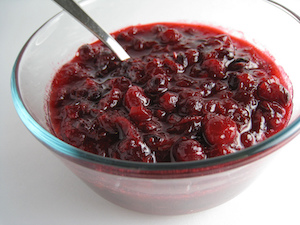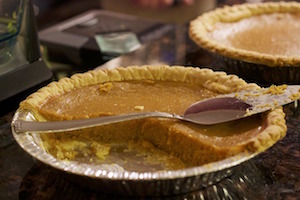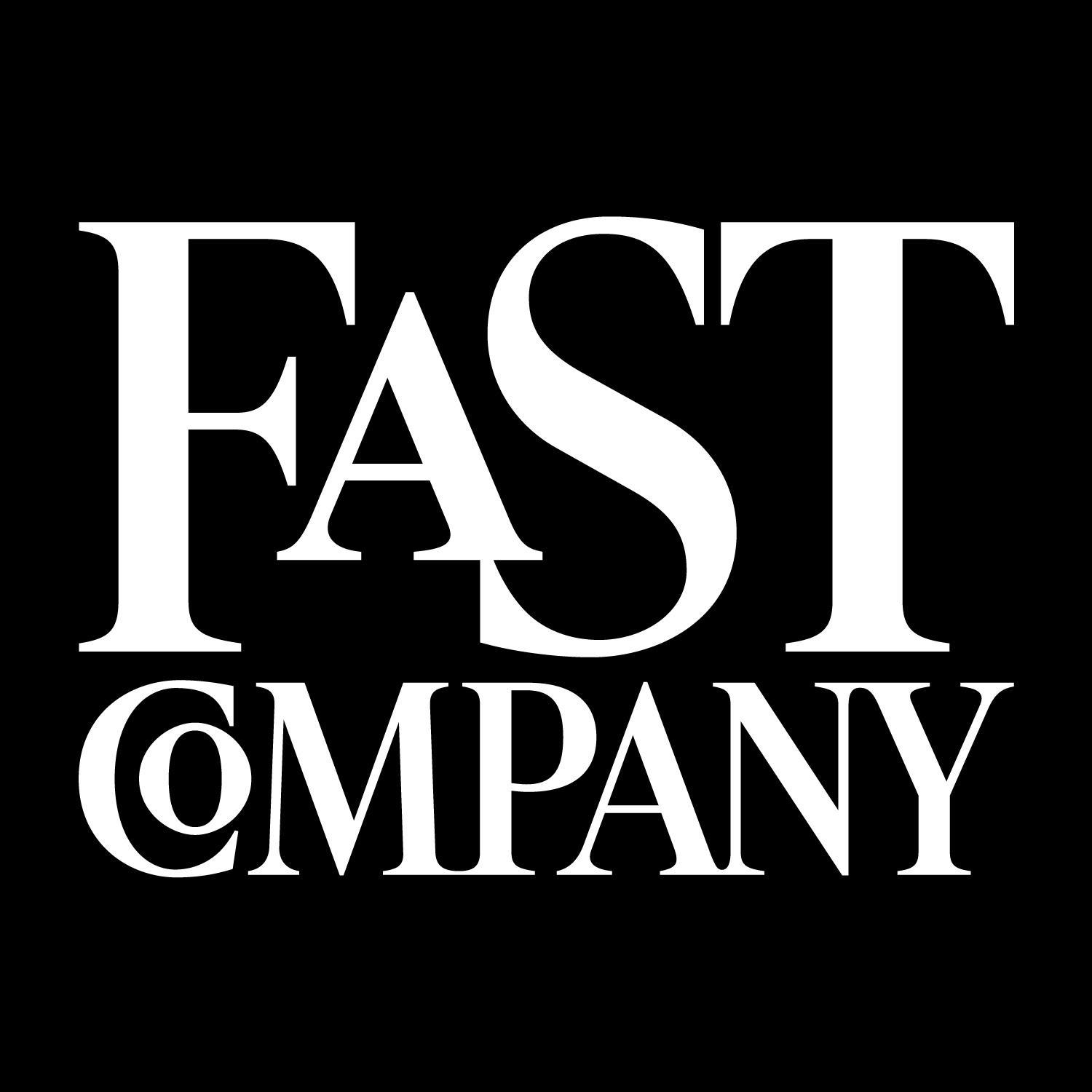Like some of the foods on a traditional Thanksgiving Day table, different publicly owned network models uniquely suit the needs of their communities. We all have our favorite dish from a holiday dinner, which made us reflect on some of the characteristics of five of the most well known models and their benefits. We found fun comparisons to share with readers who understand the way publicly owned fiber optic networks nourish the communities they serve.
 The Turkey = Full Retail Service
The Turkey = Full Retail Service
The most common for citywide networks, just as turkey is often the centerpiece of a Thanksgiving Day dinner. The retail model offers services directly to the public the same way a private cable company do, only usually with better customer service and better quality. Telephone, Internet access, and video are the services many offer to subscribers. Chattanooga’s EPB Fiber Optics is the most famous example. Others include Lafayette, Louisiana, where take rates have recently topped 45 percent. Another example is Sandy, Oregon, where subscribers can get symmetrical gigabit connectivity for around $60 per month.

Stuffing = Dark Fiber and Conduit
It does its most important job out of sight. In a turkey, it adds flavor to the bird. In a network, it provides a low cost, cow risk option that can attract competition for the community. In states where municipalities are not allowed to use their own infrastructure to serve the public, dark fiber and conduit can serve as the foundation for partnerships the fill in gaps left by incumbents.
Lincoln, Nebraska’s extensive conduit network eventually led to a Fiber-to-the-Home (FTTH) venture with a private sector ISP. Rockport, Maine, has deployed dark fiber and has the first municipal network in the state; they work with a local ISP to serve businesses and other local institutions.

Cranberry Sauce = Open Access
Sweet and tangy, open access complements the other savory flavors on the Thanksgiving Day table. The city builds and operates the fiber network, while making it available to multiple independent ISPs that compete for subscribers. In the open access model, the city rarely participates in retail services, but with multiple ISPs providing services over publicly owned infrastructure, the community enjoys the benefit of competition.
Subscribers in Ammon, Idaho, have an especially easy time switching between ISPs on their network. Twenty-four ISPs offer services via the fiber infrastructure in Grant County, Washington, on the Grant County Public Utility District network.

Green Bean Casserole = Partnerships
This dish seems to only appear at Thanksgiving and at one or two other annual events. Partnerships are also rare and only a few pop upon our Community Networks Map because we expect both a municipality and a private sector partner to share in both risk and reward. Like green bean casserole, their popularity is a bit mysterious, but as long as they’re balanced we’re willing to consider adding partnerships to our plate.
Westminster, Maryland, where the city is working with Ting Internet, is an example of a partnership in which both parties contribute and receive.

Pumpkin Pie = I-Nets
Whether your family serves turkey, ham, or hot dogs, you’re probably thinking about dessert on Thanksgiving Day; chances are good the first dessert you consider is pumpkin pie. Many publicly owned fiber networks begin as Institutional Networks (I-Nets), or fiber networks deployed to serve city facilities and anchor institutions such as schools, libraries, water and public works departments, and public safety departments. Typically, a city will use their I-Net as a foundation to expand services to businesses near the original network and then expand it incrementally. They may lease excess capacity to ISPs or offer dark fiber directly to large businesses and institutions.
Santa Monica, California, began its CityNet as an I-Net. By cutting down on expensive leased lines, they were able to invest the savings into an incremental expansion and later serve businesses. They also improved public safety with video cameras and now provide free Wi-Fi in areas of the city. Scott County, Minnesota, has used their network to dramatically slash the cost of connectivity for schools and attracted local jobs.
Learn More And Share
Long after your leftovers are gone, these models will still be providing public savings, better local connectivity, and encouraging economic developent on the local level. To spread the word and help educate others about some of these muni fiber models, check out and share our Muni Fiber Model Fact Sheet.
Whether you’re thinking about improving local connectivity this long weekend, or just hoping to enjoy time with good food and those who matter to you, we want to wish you a Happy Thanksgiving!
This article was originally published on ILSR’s MuniNetworks.org. Read the original here.





